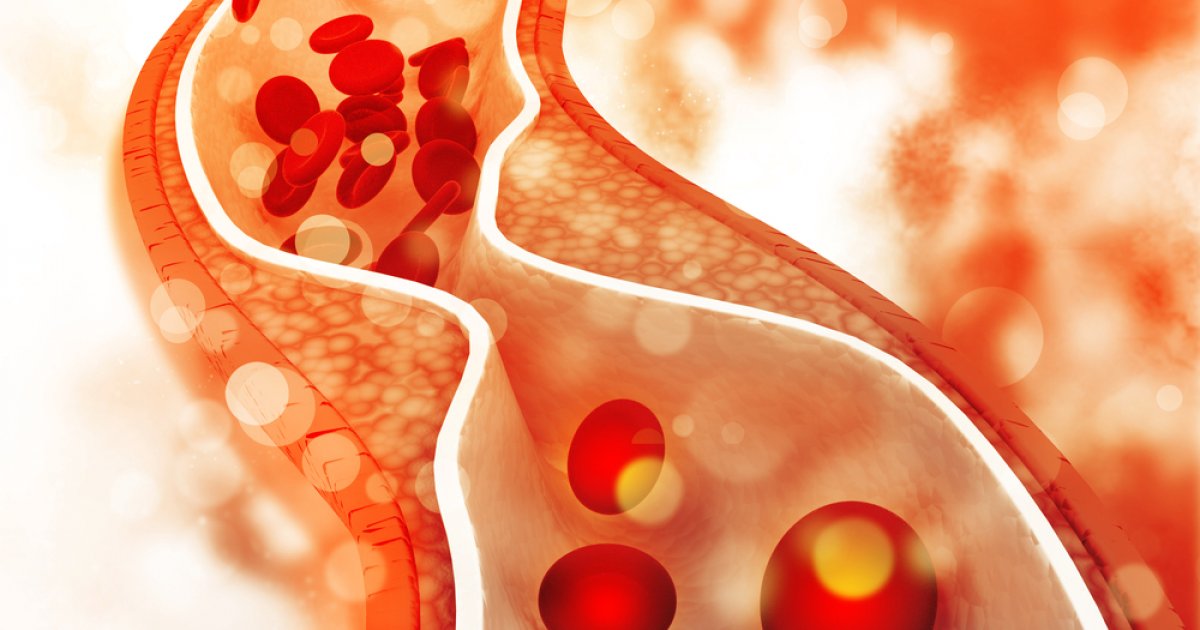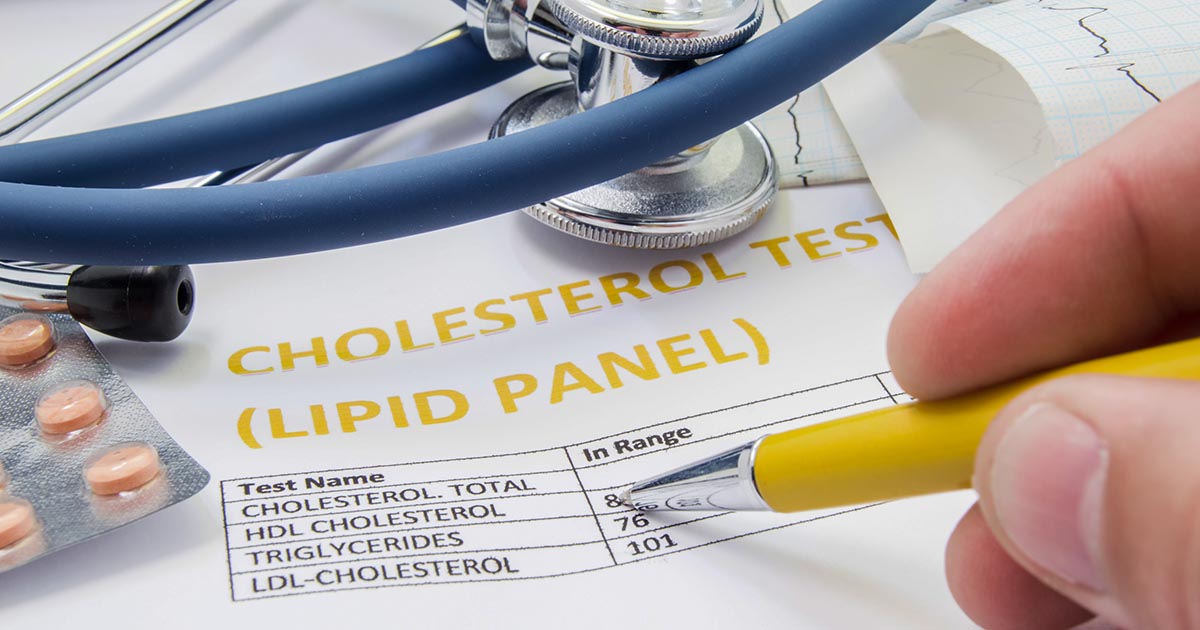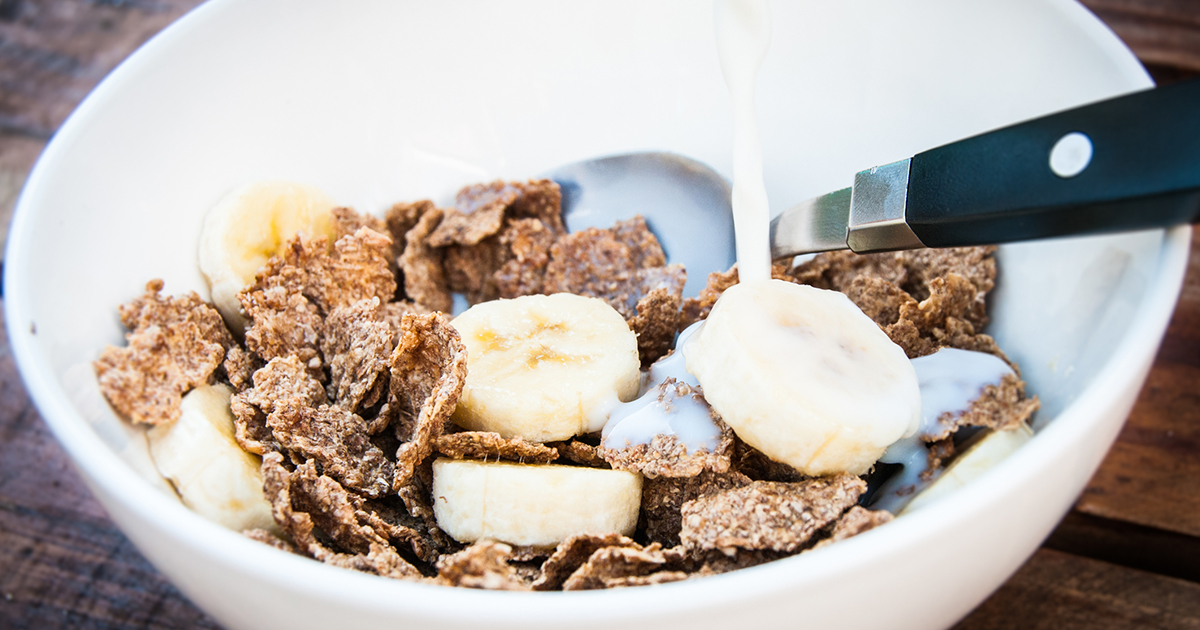Guide To The Different Types Of Cholesterol
Cholesterol, a soft, wax-like substance, is found in every cell in the body, and it plays a role in the construction of cell membranes. The liver manufactures sufficient cholesterol for the body's needs, and some foods contain cholesterol too. Lipoproteins are the vehicles that transport cholesterol around the body. These proteins form a protective casing for the cholesterol so it will not separate from the blood. While some cholesterol is necessary, excessive amounts are associated with an increased risk for cardiovascular disease and strokes. For this reason, patients who are twenty years old and older are advised to have a blood test to measure their cholesterol at least once every four to six years. Ideally, total cholesterol readings should be below 200mg/dL, and some health organizations recommend that total cholesterol be no higher than 185mg/dL. Total cholesterol measurements above 240mg/dL are considered high.
The major cholesterol types, benefits, risks, and management strategies are outlined below.
Low-Density Lipoprotein Cholesterol

Low-density lipoprotein cholesterol, colloquially referred to as 'bad' cholesterol, makes up the majority of the body's total cholesterol. This form of cholesterol is responsible for the transportation of cholesterol from the liver to other tissues in the body. After all of the body's tissues have received the amount of cholesterol they need to function properly, any leftover low-density lipoproteins are released into the bloodstream. These can accumulate along the walls of blood vessels, leading to narrowing and hardening of the arteries. Over time, hardened and narrowed arteries increase the risk of heart attack and stroke. In fact, having high levels of low-density lipoprotein cholesterol is considered a major risk factor for cardiovascular issues, and doctors look at this measurement very closely when performing cholesterol testing. Currently, guidelines suggest that low-density lipoprotein readings below 100mg/dL are optimal, and readings between 130mg/dL and 159mg/dL are categorized as borderline high. Measurements of 160mg/dL to 189mg/dL are classified as high, and those above 189mg/dL are considered very high. Since it can be especially difficult to lower low-density lipoprotein, patients with elevated readings may need to take medication to reduce their readings.
Uncover the details on high-density lipoprotein cholesterol next.
High-Density Lipoprotein Cholesterol

High-density lipoprotein cholesterol, also known as 'good' cholesterol, helps the body rid itself of other types of cholesterol. Specifically, high-density lipoproteins absorb low-density lipoprotein cholesterol and transport it back to the liver. The higher a patient's level of high-density lipoprotein is, the more low-density lipoprotein their body can remove. Studies show each one mg/dL increase in high-density lipoprotein is associated with a three to four percent reduction in a patient's risk of having a heart attack. Conversely, having levels of high-density lipoprotein that are too low could increase an individual's risk of a heart attack, and female patients seem to be more sensitive to this. For this reason, scientists consider normal levels of high-density lipoprotein to be at least 50mg/dL for women and 40mg/dL for men. Regular exercise can boost an individual's levels of high-density lipoprotein, and many patients who participate in regular physical activity have been able to attain high-density lipoprotein levels of at least 60mg/dL. This level is thought to provide extra protection against cardiovascular disease.
Get the full details on triglycerides next.
Triglycerides

The liver makes triglycerides from carbohydrates and proteins. Used as an energy source by all of the cells in the body other than brain cells, triglycerides are the most concentrated form of energy found within the body. They function as storage containers for fat, and they are mostly stored in fat cells; some muscle cells also store triglycerides. Since triglycerides are made from carbohydrates and proteins, many individuals naturally have high triglycerides during the two hours immediately after a meal, and elevated triglycerides can sometimes persist for up to nine hours after eating. High triglyceride levels affect approximately ten percent of the population, and they are especially common in male patients and Caucasians. As with low-density lipoproteins, having an excessive amount of triglycerides in the blood is associated with an increased risk of heart disease and strokes. Patients with elevated triglycerides will not normally have any symptoms, and most individuals only find out about their elevated levels if they undergo a cholesterol test. Current guidelines state triglycerides should be below 150mg/dL, and triglyceride readings are considered high if they are 200mg/dL or above. Patients with readings of 500mg/dL or more are categorized as having very high levels.
Learn about the benefits and risks of cholesterol now.
Benefits And Risks Of Cholesterol

An understanding of the benefits and risks of cholesterol can help patients in planning appropriate lifestyle modifications and exploring possible medication options. Cholesterol is used by the body in the production of all of the sex hormones, including estrogen, testosterone, and progesterone. The body also needs cholesterol to properly use vitamin D, and it is used by serotonin receptors in the brain. It is crucial in the production of the bile salts that support digestion and the absorption of dietary fats, and it aids in the repair of damaged cells. However, excessive cholesterol contributes to hardening and narrowing of the arteries, and this can cause circulation problems that increase a patient's risk for heart attacks, strokes, and early death. A study conducted in Framingham, Massachusetts followed the entire population of that town for fifty years. At the thirty-year mark, eighty-five percent of patients with total cholesterol of 180mg/dL or less were still living. In contrast, only sixty-seven percent of the subjects with total cholesterol readings of 260mg/dL or greater were still alive. In a study of young men in their twenties and thirties, the risk of a fatal heart attack was found to be five times greater for individuals with total cholesterol readings of 300mg/dL or more than it was for patients with total cholesterol levels under 200mg/dL.
Discover some cholesterol management tips next.
Brief Cholesterol Management Tips

Following brief cholesterol management tips could help individuals better regulate their cholesterol. Doctors recommend that patients lose weight if they are overweight, and daily exercise is especially important. Patients should limit their intake of saturated fats, and consuming omega-3 fatty acids from soy and other plant sources could help reduce triglycerides by up to thirty percent. Eating at least twenty-five to thirty grams of soluble fiber each day helps lower the rate at which the body absorbs cholesterol. Oatmeal, bran, kidney beans, and bananas are recommended sources of this type of fiber. Minimizing alcohol consumption (or eliminating it) could reduce triglycerides. If lifestyle modifications are not enough to reduce cholesterol levels to within the normal range, statins and other prescription medications may be recommended.